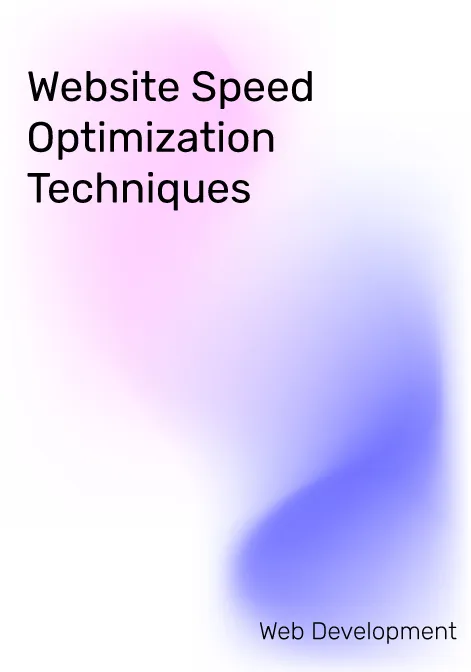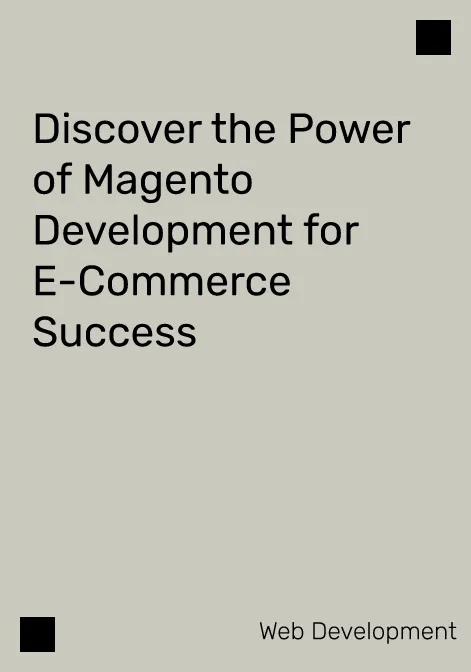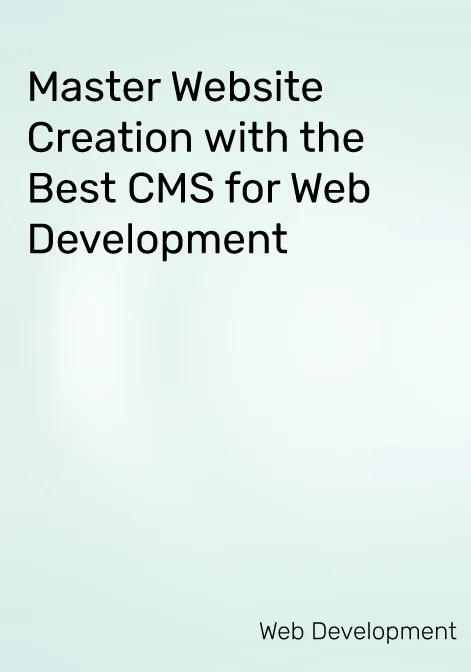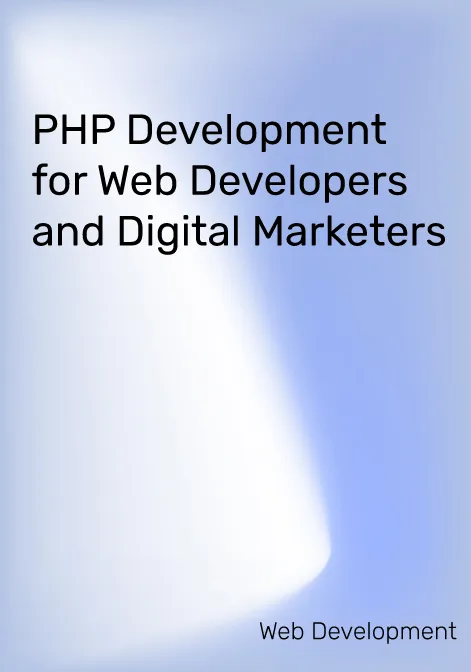Whether you’re a web developer, digital marketer, or small business owner, understanding and implementing Website Optimization techniques can provide a significant competitive edge.
This guide aims to equip you with actionable strategies to enhance your website’s speed and overall performance.
New Element in Core Web Vitals: INP
Google has introduced a new element known as Interaction to Next Paint (INP), which focuses on the responsiveness aspect of your website. INP measures the time it takes for a user-initiated action to result in the next paint, essentially tracking how quickly a page responds to user interactions.
This metric is particularly critical in assessing the real-world performance users experience, providing deeper insights into how interactive and responsive a site feels.
Websites aiming for excellence, integrating INP into your optimization strategy can further boost usability and enhance overall site performance, ensuring that visitors enjoy a smoother and more engaging experience.
Additional Reads: SEO Mistakes In Web Development
Understanding Website Speed Optimization
Core Web Vitals
Core Web Vitals are essential metrics introduced by Google to measure a website’s performance.
- Largest Contentful Paint (LCP): Measures loading performance. Ideally, LCP should occur within 2.5 seconds of when the page first starts loading.
- First Input Delay (FID): Measures interactivity. An ideal FID is less than 100 milliseconds.
- Cumulative Layout Shift (CLS): Measures visual stability. Pages should maintain a CLS of less than 0.1.
- Interaction to Next Paint (INP): it is vital to incorporate this metric into your existing optimization framework. Unlike other Core Web Vitals that predominantly measure load time and visual stability, INP specifically targets the responsiveness of web pages.
To optimize for INP:
- Minimize Main-Thread Blocking: Long-running scripts can delay interactivity. Use code-splitting and web workers to offload tasks from the main thread.
- Optimize JavaScript Execution: Reduce the size and complexity of JavaScript files. This means fewer parsing and execution delays.
- Use Modern Web Technologies: Implement technologies like Service Workers and Progressive Web Apps (PWAs) to improve responsiveness.
- Monitor and Test Regularly: Use tools like Google Lighthouse and Chrome DevTools to measure INP and identify areas for improvement.
By focusing not just on loading metrics but also on interactivity, Website owners can ensure a seamless browsing experience, meeting the expectations of users who demand fast and responsive digital interactions.
These metrics are crucial for both Website Development and SEO Optimization as they directly affect user satisfaction and search engine rankings.
Measuring Website Speed
Several tools can help you measure and analyze your website’s speed:
- Google PageSpeed Insights: Provides detailed reports on your website’s performance and actionable recommendations.
- GTmetrix: Offers insights into your website’s speed, performance scores, and optimization tips.
- Pingdom Tools: Another popular tool for checking website speed and getting performance grades.
Understanding these tools and interpreting their results is the first step in Website Optimization.
Common Website Speed Issues
- Server Location: Hosting servers far from users can lead to higher latency and slower loading times.
- Image Optimization: With varying internet speeds across the country, optimizing images for faster loading is crucial.
Front-End Optimization
Image Optimization
Images often take up the bulk of a website’s load time. To optimize:
- Compress Images: Use tools like TinyPNG or ImageOptim.
- Use Next-Gen Formats: Prefer formats like WebP over traditional JPEG/PNG.
- Responsive Images: Serve different image sizes based on the user’s device.
Minify & Combine Code
Minifying HTML, CSS, and JavaScript files reduces their size, leading to faster load times. Tools like UglifyJS for JavaScript and CSSNano for CSS can help. Combining these files reduces the number of HTTP requests, further speeding up load times.
Leverage Browser Caching
Enabling browser caching allows users to store parts of your website locally. This reduces the need to download resources repeatedly. Configure your server to leverage caching headers like `Cache-Control` and `Expires.`
Lazy Loading Images and Videos
Lazy loading ensures that images and videos are loaded only when they’re about to be viewed. This technique prioritizes loading content above the fold, improving perceived performance. Libraries like LazyLoad.js can help implement this feature.
Additional Reads: WordPress Security Tips
Advanced Website Speed Optimization Techniques
Leveraging Browser Caching Mechanisms
Dive deeper into browser caching by setting appropriate `Cache-Control` and `ETag` headers. These headers help browsers understand which resources can be cached and for how long, optimizing resource loading.
Code Splitting for Large Applications
Code splitting involves dividing your JavaScript files into smaller chunks that can be loaded on demand. This technique improves load times for large web applications. Tools like Webpack make it easier to implement code splitting.
Server Push Technology
Server push allows your server to send resources to the browser before they are requested. This preemptive loading can significantly speed up content delivery. HTTP/2 supports server push, and it can be configured through your web server settings.
Conclusion
Optimizing website speed is no longer optional; it’s a necessity for success in the digital world. By understanding and implementing the techniques outlined in this guide, you can significantly improve your website’s performance for users.




